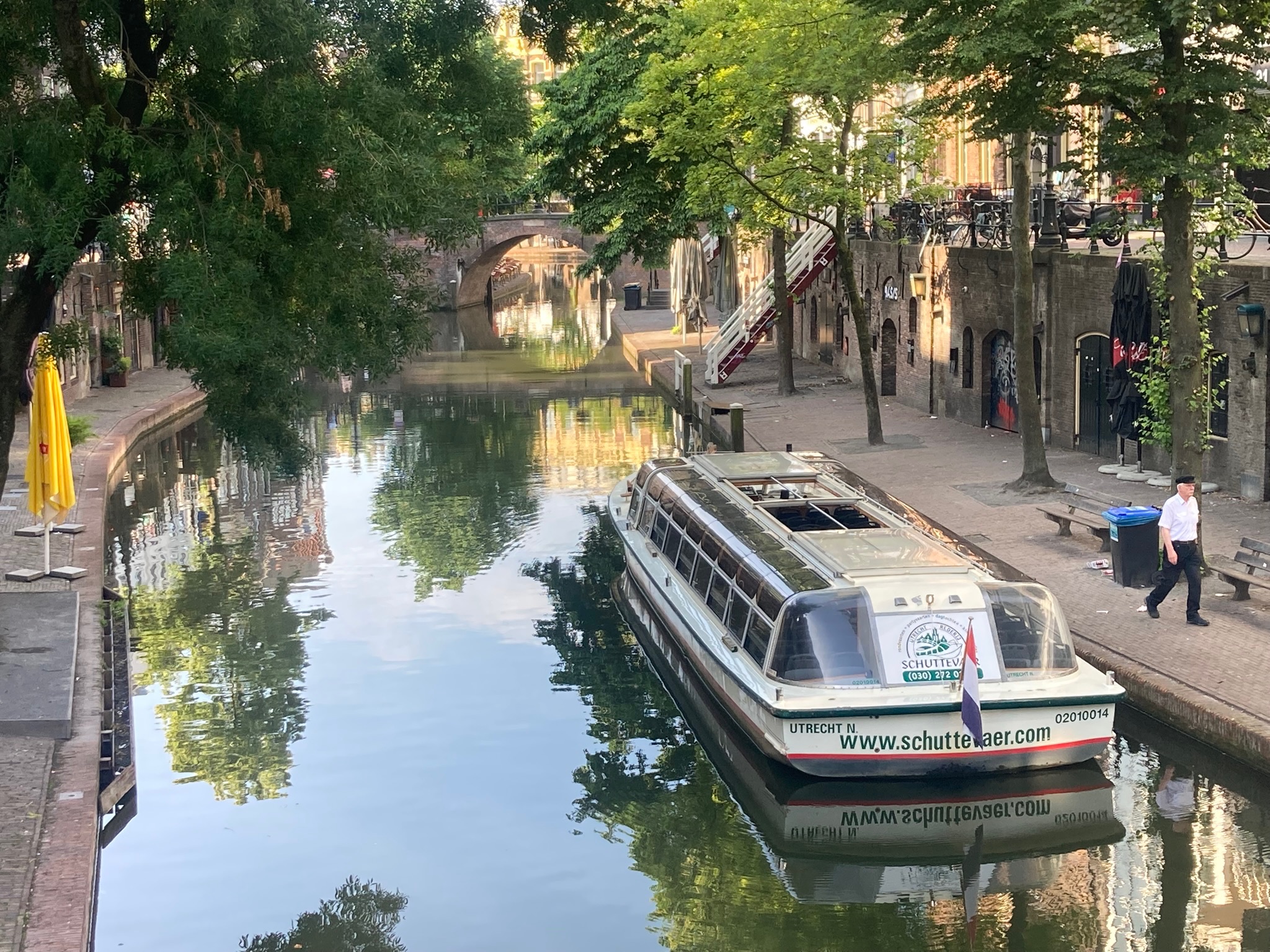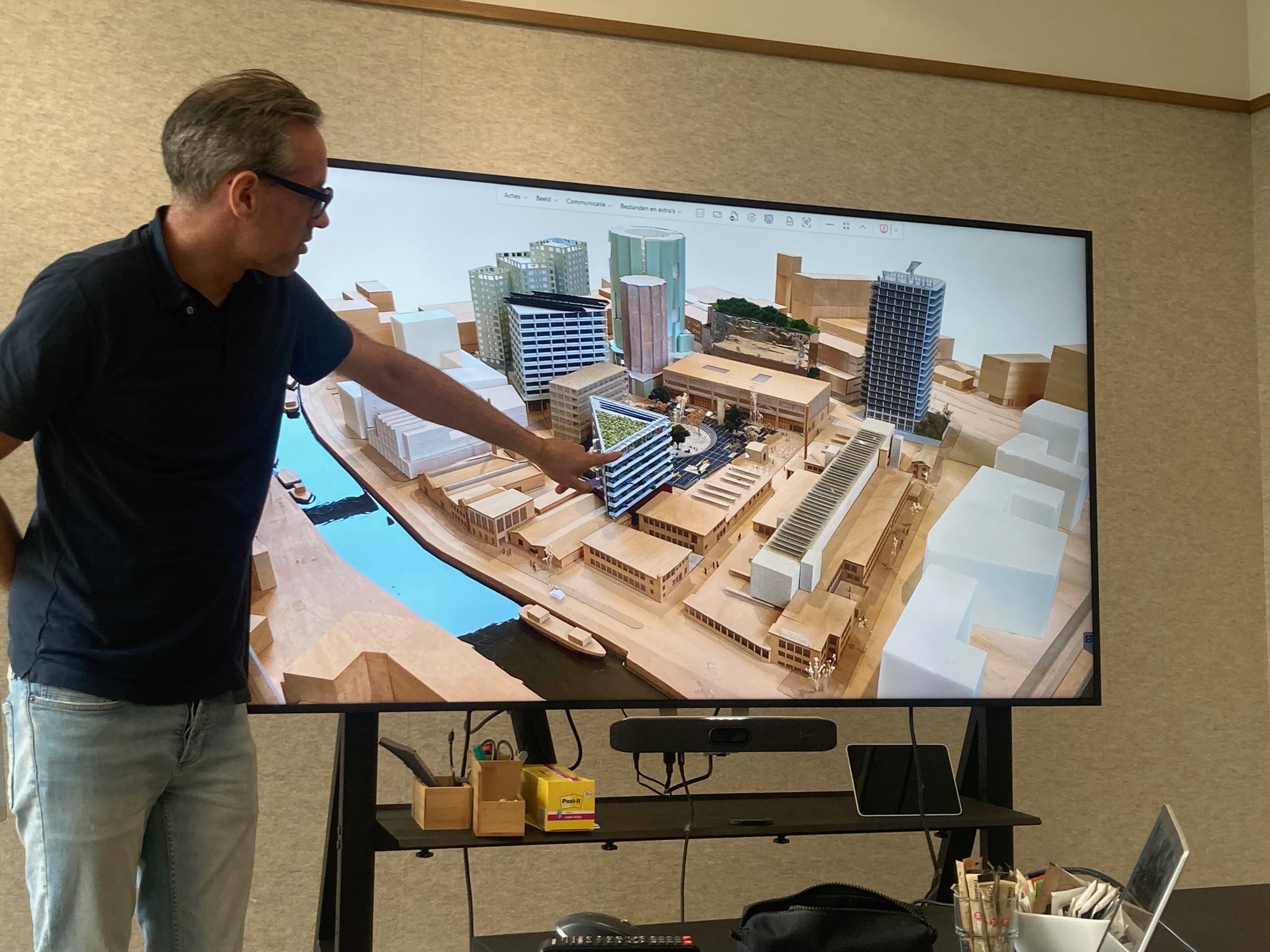
Spending six days in the Netherlands to attend the Academy of Urbanism Congress in the Dutch city of Utrecht in June brought home the huge benefits from sustained public investment in creating connected cities and healthy neighbourhoods. Revisiting Amersfoort, Utrecht and Rotterdam before ending up in Amsterdam showed how much could be achieved over a couple of decades thanks to good planning and proactive local councils. It also brought home the value of devolution.
Well-connected places
I had planned to make full use of the railways, but the trip started badly when I could only get as far as Brussels because of a strike on Dutch railways. However I took a Blix bus from outside Brussels North via the airport and Antwerp. I was pleased to be joined by a lecturer on geography at a university in Rotterdam who preferred to live in Antwerp. Europe today is truly connected. Construction costs on the High Speed trains have been kept down by running alongside motorways, which are bordered by wind turbines and power lines, as well as other signs of human activity.
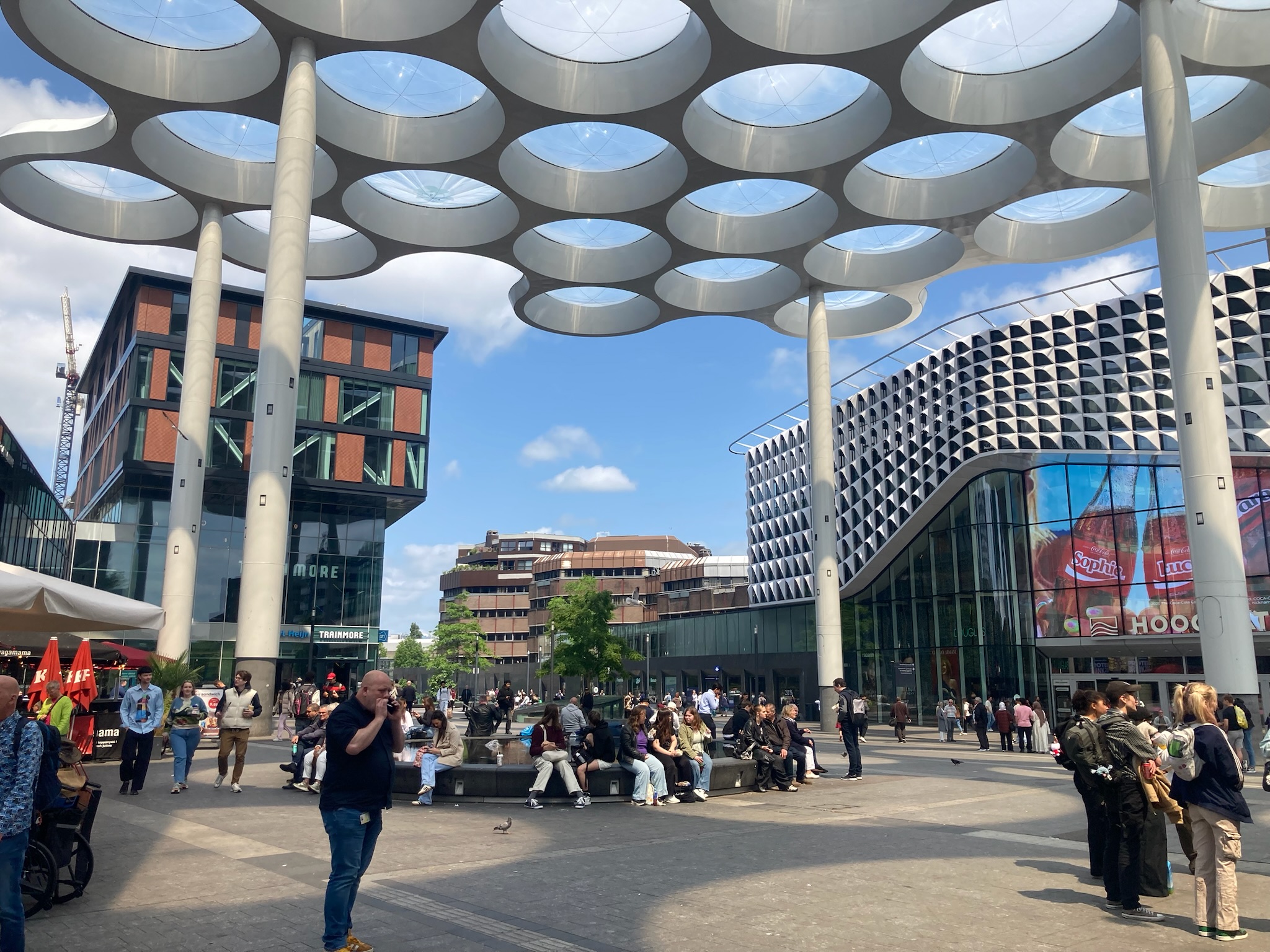
The entrance to Utrecht has been transformed as a result of redeveloping the whole area around the Central Station, which previously suffered from muddling up transport and retailing. Now the superb new station runs over buses below and the largest cycle park in the country. At the Congress we learned that the City had recognised there was a problem and convinced the railways, who owned the land, by allowing them more space for an expanded retail mall. Walking the short distance to my hotel in the centre felt quite different from the UK because of the mass of cyclists of all ages and on all types of bike.
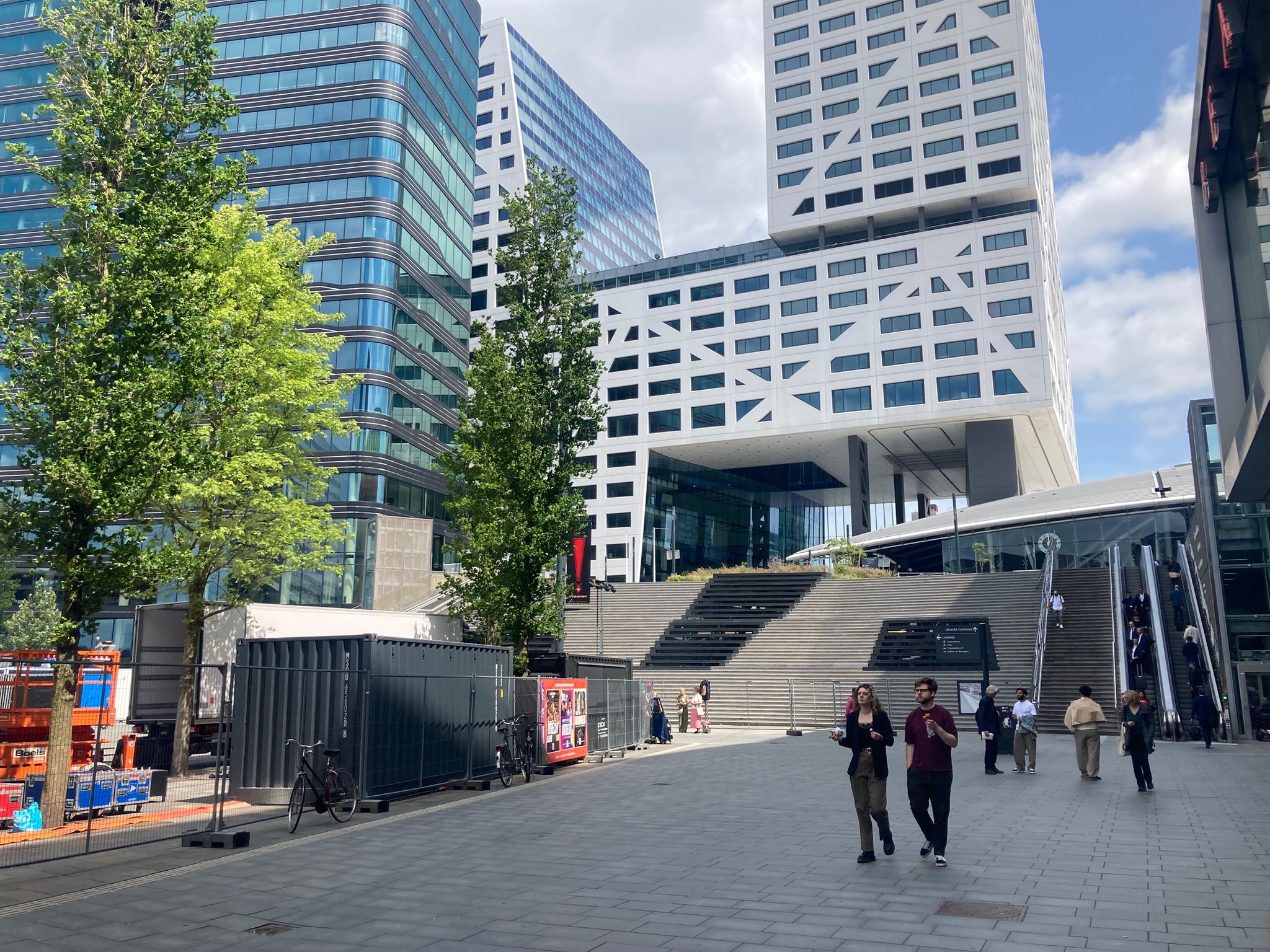
Everyone benefits from distinct bike lanes, with their own type of paviours instead of intrusive signs and yellow lines. Cyclists and pedestrians obey the traffic signals. Without pot holes or scarred surfaces the general impression is of an orderly environment, which means most cyclists do not bother with helmets. Residents told us how much appreciated the compact nature of their city with everything so close at hand. Children grow up feeling free, and learn respect for others from an early age. As cars are largely excluded from the centre, it was no surprise to learn that most people live longer, healthier live, with few of the overweight people you see in the UK.
Social balance
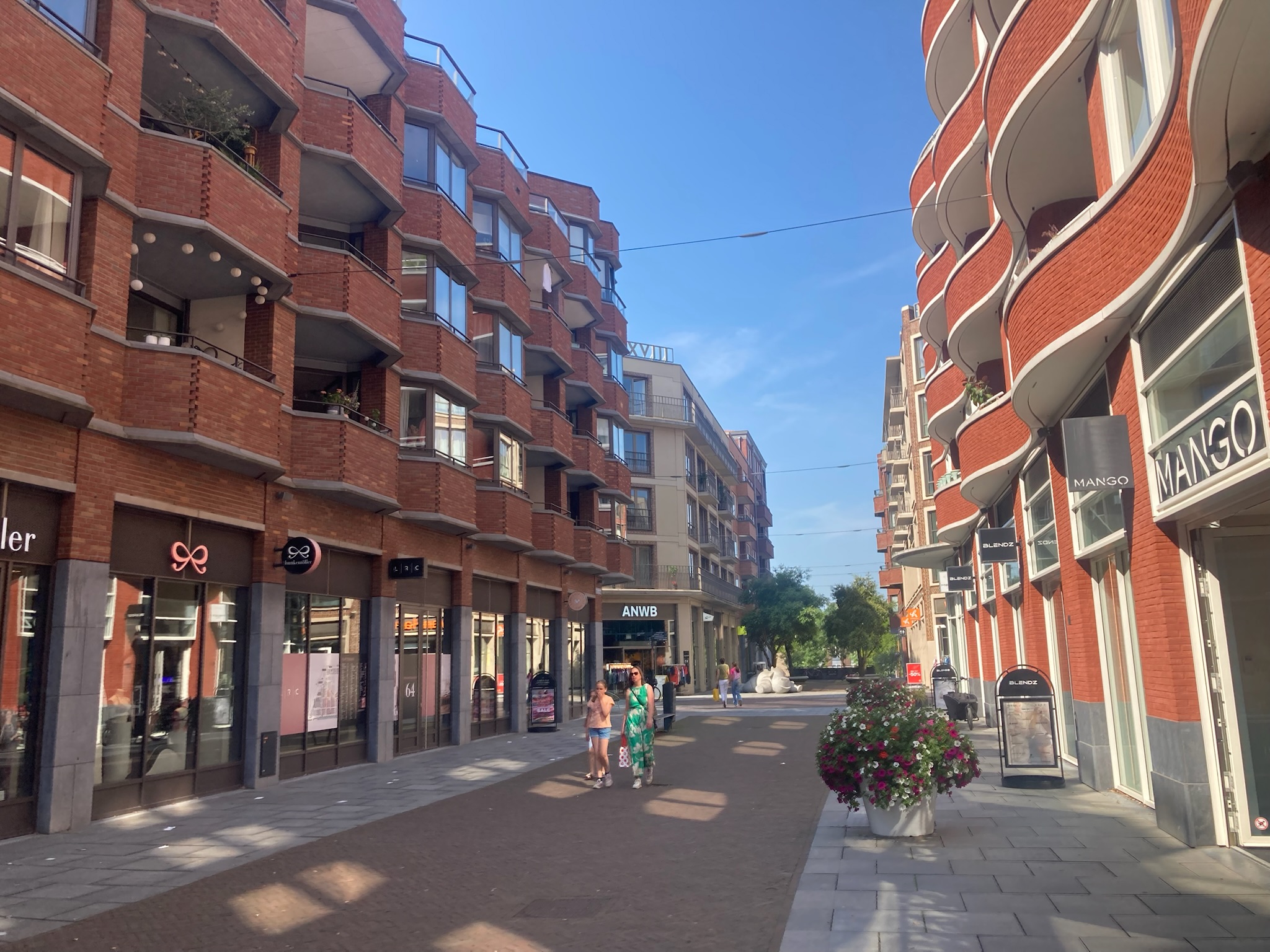
Utrecht is very popular place to live. It is a university city, with 70,000 students in a total population of 576,000, which is rising about a percent a year. Shops are occupied because expenditure is concentred in the town centre not lost to the edge, thanks to a powerful planning system. Independent businesses dominate the historic centre while the mall attracts the multiples. With the sun shining, people looked extremely happy, which no doubt makes them healthier too. While we saw maps that showed life expectancy is lower in the poorest parts, a third of new homes are required to be social or affordable. While Utrecht does not own much land, unlike Amsterdam or Rotterdam, it uses zoning controls to prevent sprawl. The Dutch First Choice policy required developers to offer a third of new housing to the local council, who in turn passes them on to housing associations to rent and manage. The Building Rights model allows rural land to be pooled, and the Council identifies the best locations for growth. I took part in a workshop on the next urban extension, where small groups took the part of the different age groups that would be attracted.
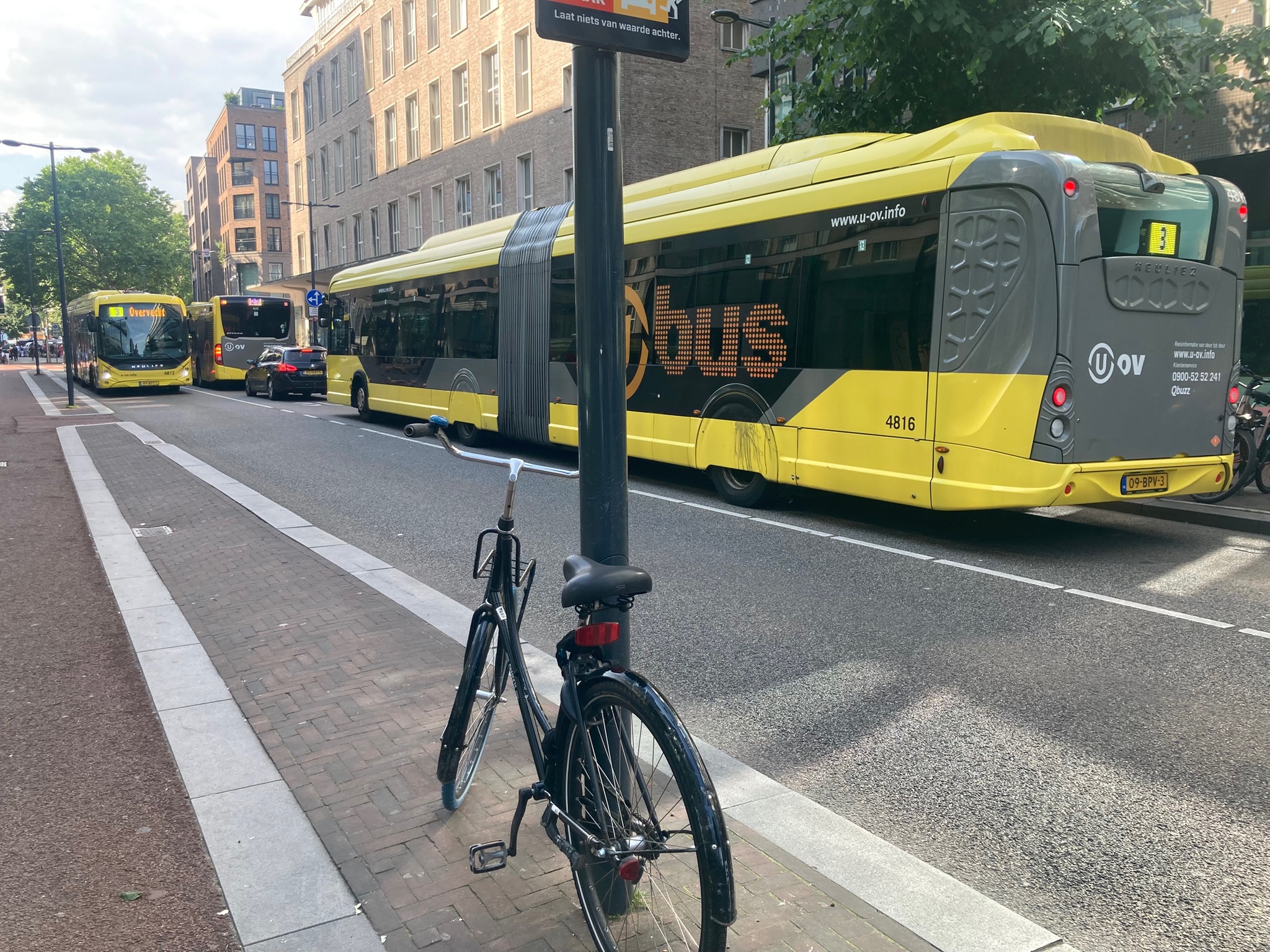
I took the bus out from Utrecht station to look at the impressive VINEX development at Leidsche Rijn. About 30,000 homes have been built with a population of 95,000, the largest in the Netherlands. Two new stations were built and the railway tracks were doubled. The scheme took about twenty years to complete from the start of construction. Large blocks of apartments with commercial units on the ground floor have proved popular. An equally large scheme is now being planned by the municipality on a site bordered by two motorways. With over 40 different land owners, the challenge is going to be how to create a settlement that will be largely car-free but still attractive to a broad range of residents. A system known as the Utrecht Barcode is being used to as a ‘tool to democratize urban development’ by setting standards for all the amenities in a neighbourhood. With higher local densities both energy and travel are expected to be cut.
We also had a 15 minute train trip to the mid-sized city of Amersfoort, which I had led study tours to in previous years. Since winning the AoUs Great City Award, it has attracted many visitors. There are three ViNEX extensions including the highly praised Vathorst, which has grown to its planned 10,000 homes plus community and commercial facilities. Dutch housing policy is changing. Faced with an acute housing shortage, the government aims to build 900,000 new homes between 2022 and 2030 in a policy called NOVEX. Instead of further extensions there is a concentration on intensifying areas around transport nodes. We saw how in an area near the central station where an imaginative company is turning an old industrial site into an innovative and creative place to live. Amersfoort has previously pioneered the policy of ensuring that new developments incorporate a mix to avoid creating housing ‘ghettoes’. The process is helped by a willingness to live in relatively small spaces, where people respect each other. Nevertheless we were told that some of the greatest problems are loneliness at all ages and also rising obesity.
Transferring the lessons
With such a relaxed way of life in a Northern European city, many of the visitors to the AoU Congress must have wondered whether Dutch cities offered a replicable model for the UK. Undoubtedly a unique set of geographic and historic circumstances have forged the Dutch character, that is a willingness to work with others to find common ground. With most of the country below sea level, controlling water has been key in the past, hence the characteristic Dutch windmill. But Dutch people had to wrest the land from the Spanish and the French, with an important distinction between the United Provinces as opposed to our United Kingdom. Furthermore local authorities have a degree of autonomy, reflected in Utrecht employing over 40 landscape architects, and there is a lot of pride in creating a distinct identity, which is obvious when you walk around.
